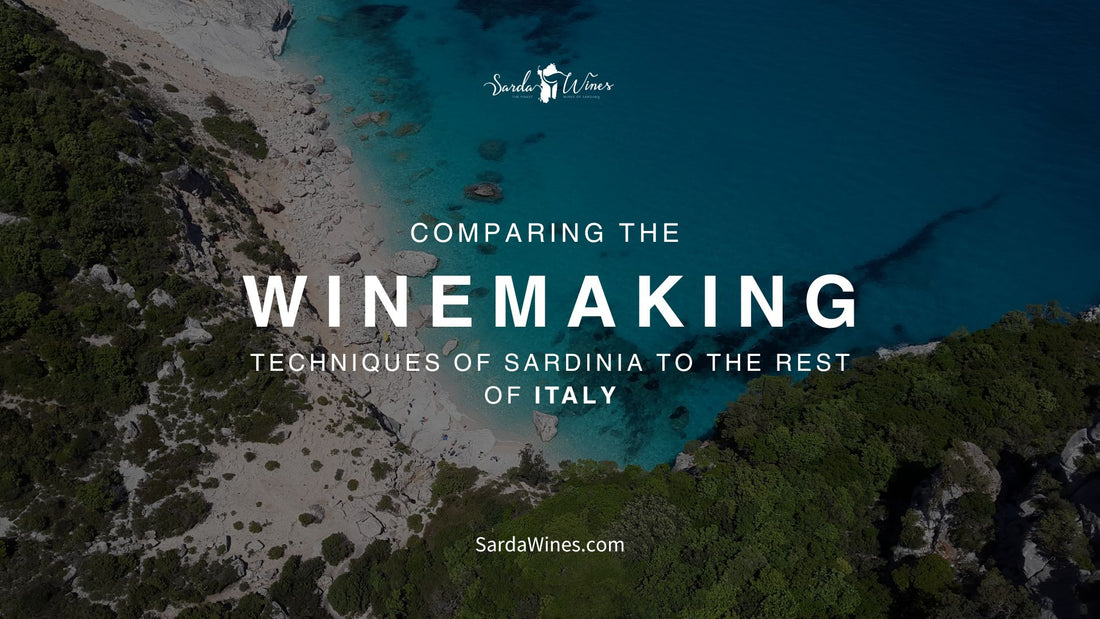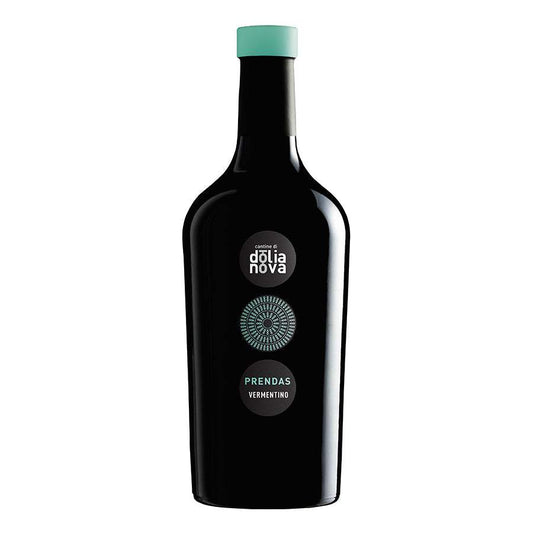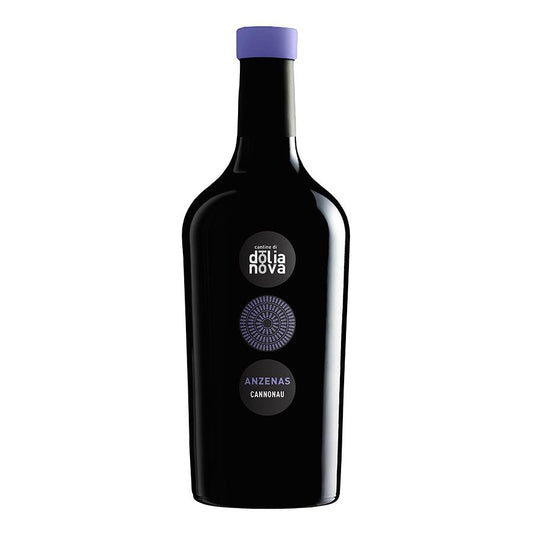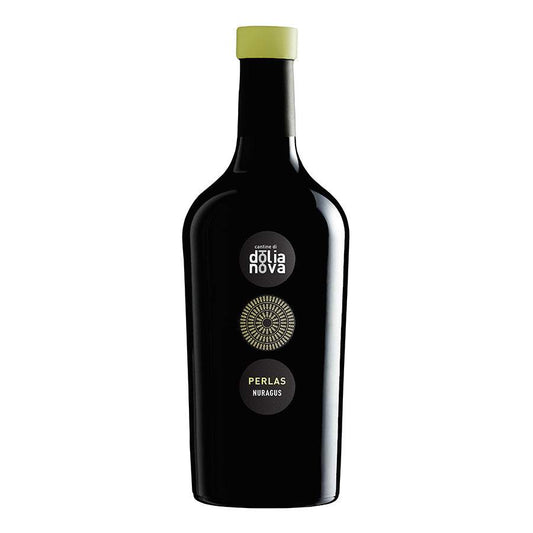Sardinian winemaking techniques produce a unique flavour that sets the wine apart from other regions in the world. The island of Sardinia has a rich history of winemaking, with techniques that have been passed down from generation to generation.
In this blog post, we will explore the unique winemaking techniques of Sardinia and compare them to winemaking techniques in other regions of Italy.
Sardinian Winemaking Techniques
Sardinian winemaking techniques are deeply rooted in tradition and are a reflection of the island's unique climate and terrain. The island's warm Mediterranean climate, combined with the mountainous terrain, creates the perfect conditions for winemaking.
The winemaking process in Sardinia begins with the selection of grapes. Sardinia has several native grape varieties, including Cannonau, Vermentino, and Carignano. These grapes are carefully selected and harvested by hand to ensure the highest quality.
Learn about the famous Sardinian Grapes on our youtube channel
Once the grapes are harvested, they are crushed and fermented using natural yeasts. Sardinian winemakers believe that natural yeasts are essential for producing high-quality wine, as they give the wine a unique flavor profile that cannot be replicated using commercial yeasts.
The History of Sardinian Winemaking
The traditional method of grape cultivation in Sardinia involved planting vines within dry stone walls or prickly pear hedges. However, during the Aragonese period (1325-1480) and the Spanish period (1480-1713), local viticulture underwent a revolution with the introduction of Iberian varieties like Bovale, Cannonau, and Torbato in Alghero.
Later, the Vermentino vine arrived from Corsica in the late 1700s, replacing the Nuragus as the most important white vine. Soil in Sardinia is suitable for grape cultivation, especially calcareous and sandy soils.
The vineyard would be ready for the first harvest after three years, and the grapes were carried in crates on carts and crushed by bare feet in vats. Black grapes were fermented with the skins for up to 15 days, while white wines had the skins separated from the must. The slow fermentation took place in wooden casks, disinfected with sulfur, and sealed until the festivity of San Martino.
The 19th century brought about a blight of pest infestations, which nearly destroyed Sardinian vineyards, and recovery took a generation. Agricultural science entered the sector in the early 20th century, introducing the technique of grafting local varieties of vine to American rootstock to counter phylloxera.
Today, Sardinian wine-making is recognized for its high quality, with 27 denominations of controlled origin (DOC), including the guaranteed Vermentino, and 15 typical geographical indications. The EU's policy of incentivized uprooting has led to a reduction in the Sardinian viticulture sector, with vines now covering little more than 40,000 hectares and production hovering around one million hectoliters.
Winemaking Techniques in Other Regions
Winemaking techniques vary widely across different regions of the world. In France, for example, winemakers focus heavily on terroir, or the unique environmental factors that affect the grape-growing process. French winemakers also use specific yeasts and oak barrels to create a distinct flavor profile.
In Italy, winemaking techniques vary by region. In Tuscany, winemakers use Sangiovese grapes to produce Chianti, while in Piedmont, winemakers focus on the Nebbiolo grape to produce Barolo and Barbaresco.




